With Leaders Like These: Yet a New Threshold for Gaza’s Misery
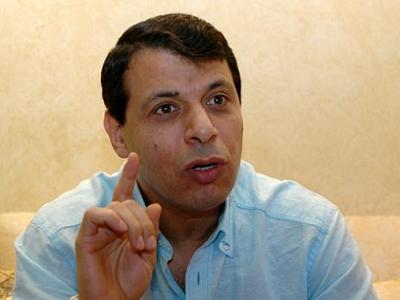
Mohammed Dahlan, a Fatah commander who was defeated by Hamas in 2007. (Photo: File)
By Ramzy Baroud
It is impossible to predict the future. But one can state with a degree of certainty that little good can possibly be awaiting Palestinians when their political leadership seems to value their ties with Israel more than the fate of Gaza and all of its inhabitants. An exaggeration? Hardly.
In an interview with Voice of Russia, Palestinian Authority President Mahmoud Abbas replied to an ‘invitation’ by Israeli Prime Minister Benjamin Netanyahu to speak at the Israeli Parliament (Knesset). “If (Netanyahu) wants me to come and say the things I want to say, then I am ready to do it,” Abbas said, according to YNet and other media on Nov 23. However, he had no response to a call for unity by Gaza Prime Minister Ismail Haniyeh.
“Let’s have one government, one parliament and one president," Haniyeh said in a recent speech, as quoted by Reuters. A spokesman for Hamas’ rival, Fatah, Ahmed Assaf, dismissed the call for it “included nothing new.”
Sure, Hamas and Fatah have been engaged in a terrible factional conflict that continues to undermine Palestinian national unity, and the Palestinian cause altogether. But the timing of Haniyeh’s call and Fatah’s dismissal is particularly sensitive, for Gaza is suffering its worst energy crisis since the Israeli-Egyptian siege of 2007.
For weeks, Gaza has been flooded with sewage as a result of a severe energy crisis caused mainly by Egypt’s systematic destruction of hundreds of tunnels that served as Gaza’s economic lifeline. The cheap diesel fuel which normally helps 1.8 million people survive a very harsh and relentless siege and boycott isn’t being smuggled in from the tunnels anymore. Israel has ensured that there can be no alternative to the Egyptian fuel, thus the Gaza government was forced to shut down the strip’s only power station.
Gaza has high threshold to suffering, so for a place as poor as Gaza to be hurting, this additional agony means that the humanitarian crisis is at its worst. Even before the most recent crisis, a comprehensive UN report last year said that if no urgent action were taken, Gaza would be ‘unlivable’ by 2020. Since the report was issued in August 2012, the situation has grown much worse. Considering the sea of sewage, one would argue that Gaza is already ‘unlivable’.
But for nearly one year, many had hoped that the dramatic political changes in Egypt could in fact bode well to Palestinians in general and Gaza in particular. Gaza was still bleeding from Israel’s so-called Operation Cast lead – the 22-day war of 2008-9 that killed over 1,400 Palestinians and wounded over 5,500 more. The war had destroyed much of Gaza’s poor infrastructure, and the siege made a complete recovery impossible.
Then there was the war of Nov 2012 – eight days of fighting that killed 167 Palestinians and six Israelis. As strange as it may sound, the second war was a source of hope for Palestinians. Back then, Egypt had a democratically elected president. Sure, Morsi at times seemed to behave as a lame duck president, but he sided with the Palestinians against Israel, and helped craft a ceasefire agreement that met more of Hamas’ terms than Israel’s. It was the first time that Palestinians felt that the Egyptian government was truly on their side since the Camp David agreement in 1979.
Morsi was under severe pressure from the US and his own military, generously funded by the US, to isolate Hamas. Although he didn’t do so, he was too weak to offer Gaza a sustainable solution to break the Israeli siege. The Rafah border crossing, however, was mostly open, and relations were in constant improvement.
But the ousting by General Abdel Fatah al-Sisi of Morsi on July 3 changed all of that. The Egyptian military cracked down with vengeance by shutting down the border crossing and destroying 90-95 percent of all tunnels, which served as Gaza’s main salvation. The strip became more vulnerable than ever before. Its haggard infrastructure began falling apart, as Egypt, Ramallah and Israel watched, preparing for various outcomes. Cairo found in Ramallah a willing ally who never ceased colluding with Israel in order to ensure that their Hamas rivals were punished, along with the population of the strip.
The New York Times reported on Nov 21 that 13 sewerage stations in the Gaza Strip have either overflowed or are close to overflowing, and 3.5 million cubic feet of raw sewage find their way to the Mediterranean Sea on a daily basis. “The sanitation department may soon no longer be able to pump drinking water to Gaza homes,” it reported. Farid Ashour, the Director of sanitation at the Gaza Coastal Municipalities Water Utilities, told the times that the situation is ‘disastrous’. “We haven’t faced a situation as dangerous as this time,” he said.
Gaza’s only power plant has been a top priority target for Israeli warplanes for years. In 2006 it was destroyed in an Israeli airstrike, to be opened a year later, only to be destroyed again. And although it was barely at full capacity when it operated last, it continued to supply Gaza with 30 percent of its electricity needs of 400 megawatts. 120 megawatts came through Israel, and nearly 30 megawatts came through Egypt. The total fell short from Gaza’s basic needs, but somehow Gaza subsisted. Following the ousting of Morsi and the Egyptian military crackdown, the shortage now stands at 65 percent of the total.
It was precisely then that Haniyeh tried to reach out to Abbas. This time, his call for unity had a particularly urgent humanitarian dimension. Although willing to speak at the Knesset, Abbas had no consolatory words for Haniyeh. Instead, it was time for some cruel politics. The PA decided to end its subsidy on any fuel shipped to Gaza via Israel, increasing the price to $1.62 per liter from 79 cents. According to Ihab Bessisso of the PA, the decision to rescind Gaza’s tax exemption on fuel was taken because sending cheap fuel to Gaza “was unfair to West Bank residents,” according to the times.
Reports by the Economist, Al Monitor and other media speak of Egyptian efforts to reintroduce Gaza’s former security chief and Fatah leader Mohammed Dahlan to speed-up the projected collapse of the Hamas government. Al Monitor reported on Nov 21 that Dahlan, a notorious Fatah commander who was defeated by Hamas in 2007, had met with General al-Sisi in Cairo. Evidently, the purpose is to oust Hamas. But the question is how? Some “suggest that a Palestinian brigade mustered in al-Arish could march on Gaza and, with Egyptian support, defeat the broad array of Hamas forces created in the last decade.”
No words can describe the deterioration of the moral standards of the Palestinian political elites. Even during particularly disgraceful episodes of their history, things had never sunk so low. In the meantime, Palestinians in Gaza continue to subsist in an atrocious reality, while pondering future possibilities. And with leaders like Abbas and Dahlan, little good can be expected.
– Ramzy Baroud (www.ramzybaroud.net) is a media consultant, an internationally-syndicated columnist and the editor of PalestineChronicle.com. His latest book is: My Father was A Freedom Fighter: Gaza’s Untold Story (Pluto Press).


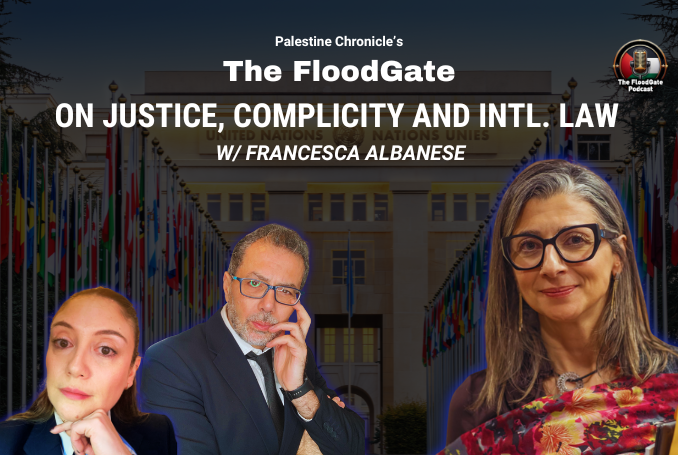










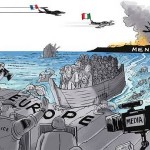






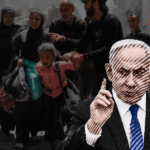


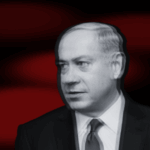

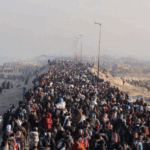

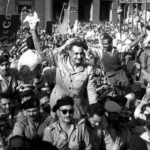
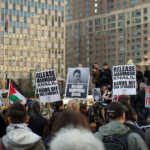

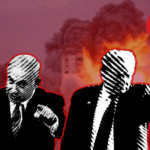
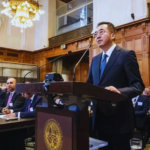
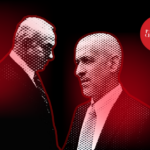

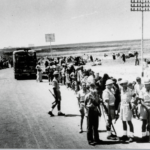

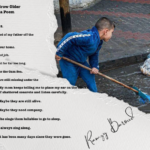



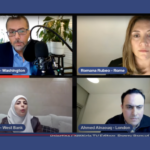
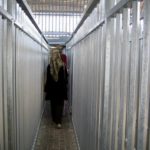
0 Comments